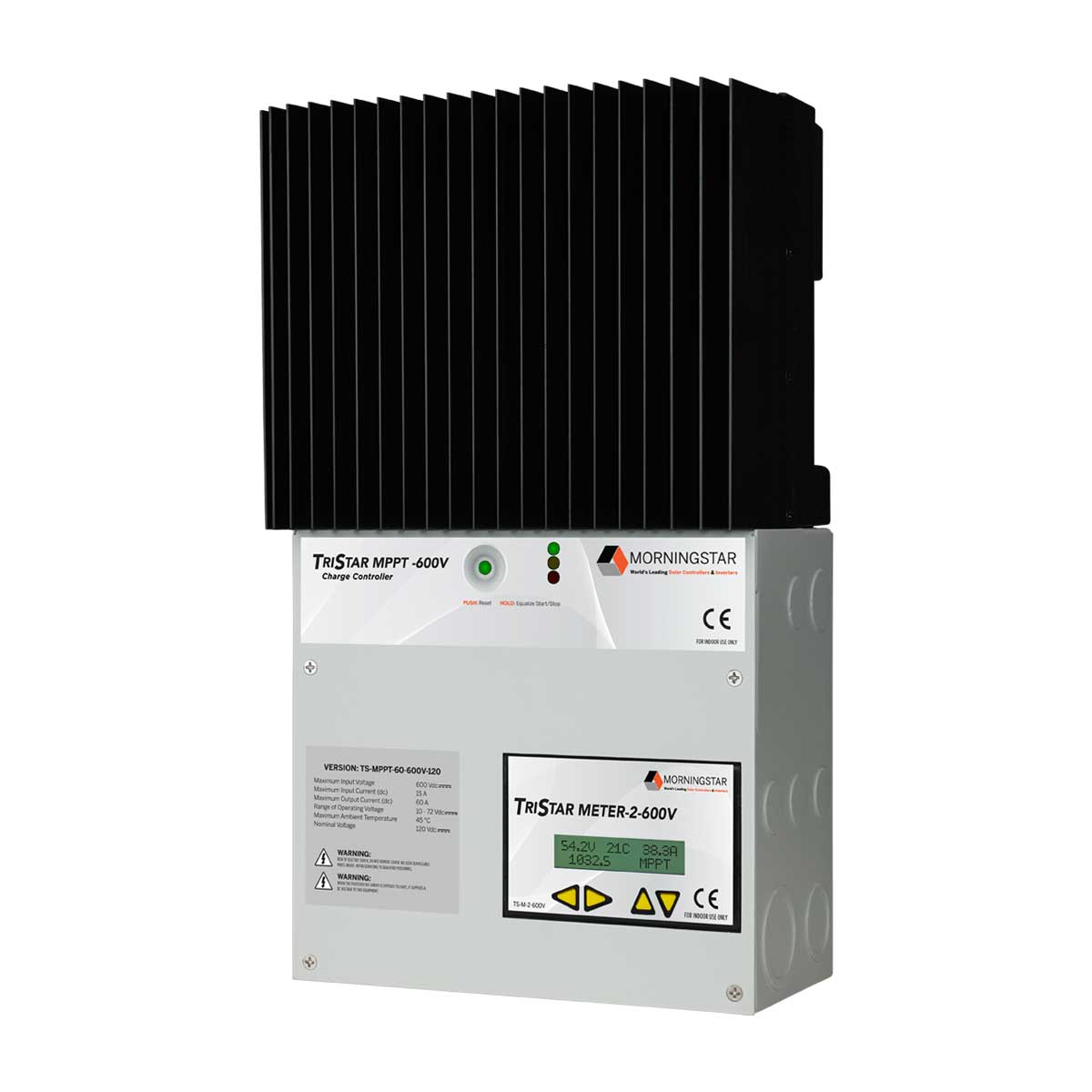Oh, to charge the EV itself. Like, if you wanted to use your car to energy harvest from your solar array rather than exporting to grid. The idea is, to do that efficiently under current circumstances, the car will take a big bite out of your generation simply by being on. If you had a 1kW array, you basically couldn't use that to charge the EV, despite 1kW being a perfectly decent amount of solar capacity. You'd be much better off with a powerwall despite already owning a big battery.
Certainly a fair point. And in that comparison, the car's battery is the only true consumable, where the shore-side equipement, duplicated or not, will last quite a bit longer. But $2k for an EVSE is still a pretty high barrier to entry when you already own the car that can do the whole job itself, IF it can do the whole job itself. $2k is a standalone gas generator that can power your whole house as long as you have gas. Obviously that's not what I WANT, but if the goal is "power the house" it's hard not to compare the generator vs the car.
We're pretty deep into speculation here, but I agree with all your points. My baseline hypothesis is that Hyundai already designed-in 1) 400V out in anticipation of bidirectional CCS, 2) grid-forming (already has it) and grid-following (yet to be seen) capability in the ICCU to support V2G and V2H 3) the necessary PLC stuff for J1772-based V2L applications (vis-a-vis I think it's plug-and-charge ready and they just don't have the software integration sorted out yet). Of course, there's plenty of room for all of that hypothesis to be true, and still not come to pass in terms of delivered features, if the standards change enough by ratification that they can't software update their way to compatibility.
Yep.
Yeah, I think I've heard Denmark it's the norm, but otherwise I wasn't aware it's common in Finland and Germany too.
I’m just catching up on this old thread, so apologies in advance if I’m repeating something that’s already been said.
I’ve been considering using an Ioniq5 as an on-demand generator to boost a LiFePO4 battery with enough additional capacity to offset consumption during non-daylight hours.
For use as a generator, 120VAC is not an issue and 1800W is way more than needed (320W @ 10A of 640W @ 20A charging of my 24V LiiFePO4 House Battery.
But the 300W overhead when charging could be a deal-breaker.
At minimum charge current of 6A, that means only 1140W out of 1440W is making it to the charger, or 79%. The charger itself probably has efficiency below 95%, translating to no more than 75% charge efficiency at minimum current of 6A.
The V2L inverter likely has an efficiency of 90% or so and the 10A LiFePO charger I have also has efficiency of 90%.
So 288WDC into the House Battery requires 320WAC@120V which consumes 355WDC from the EV battery.
Assuming 355WDC out of the EV battery consumed 475W of 240VAC power when charging @ 6A translates to full-chain efficiency of 288WDC / 475WAC = 60.6%.
Exporting 1kWh during peak production hours when NEM 3.0 credits export at ~10% of Off-Peak Retail rates would still translate to over 0.5kWh of consumption that could be offset, so it’s still a better alternative than export, but that 20% loss of efficiency due to the 300W wasted when charging reduces the attraction by ~half.
Hopefully, future generations of the Ioniq5 and other EVs supporting V2X will reduce this unfortunate source of inefficiency.
While most EV owners go use on highest-power / fastest charging rates where 300W of overhead is inconsequential (3.1% when charging @ 9.6kW), charging from solar export or Solar Divert as some are calling it will require modest charge power when 300W of overhead will often represent unnacctotable inefficiency (if avoidable).



